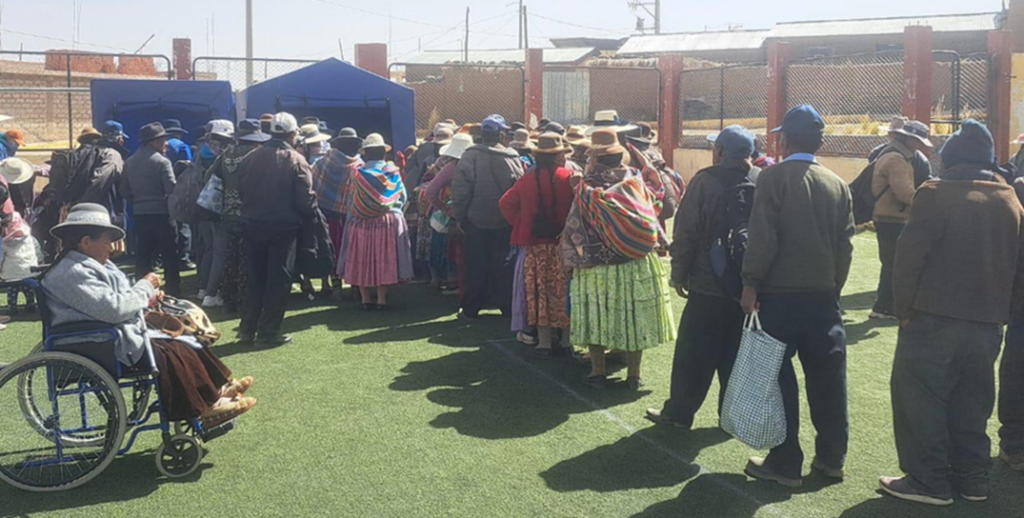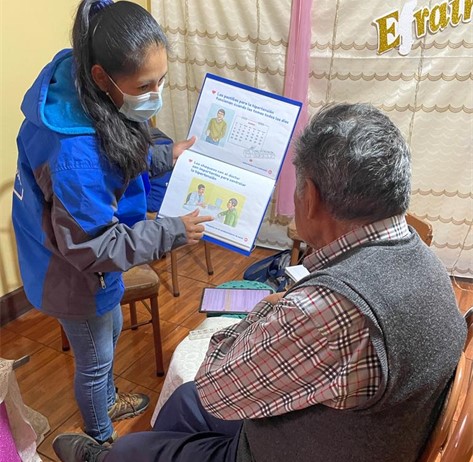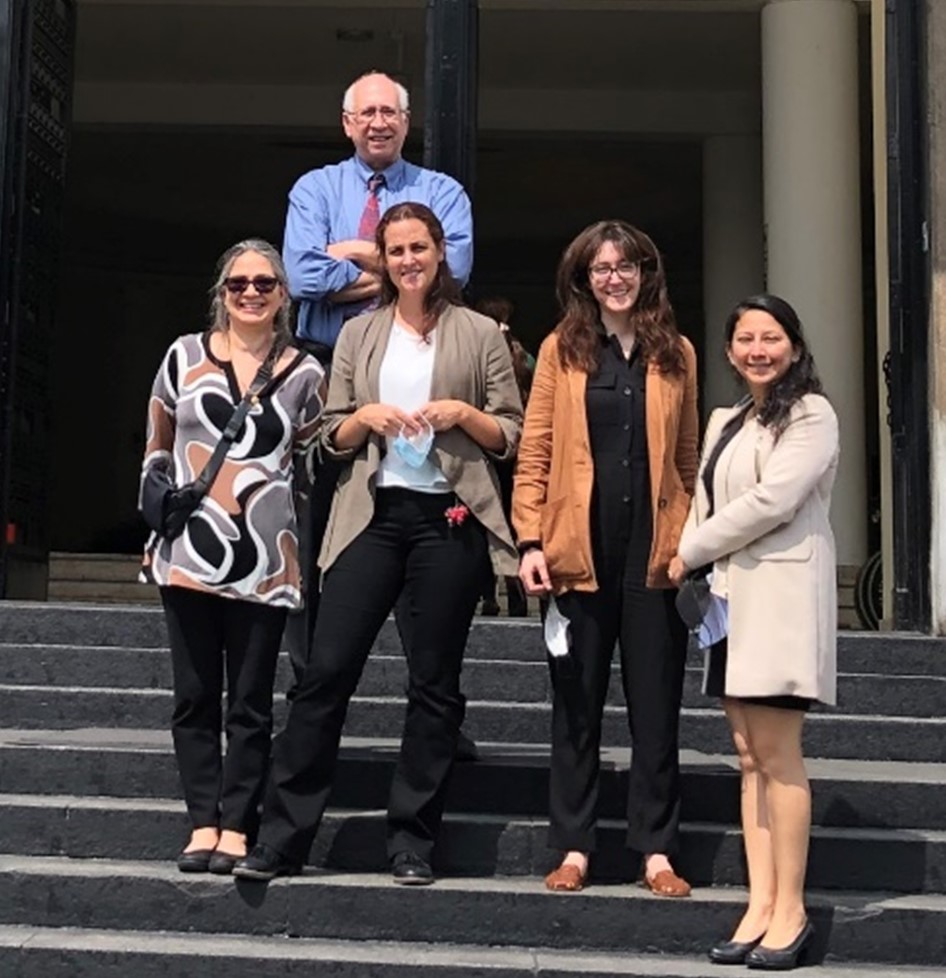By Stephanie Stemmler

At WashU’s Global Health Center in the Institute for Public Health, teams of cardiologists, implementation scientists, and other experts are spearheading efforts to address one of the world’s most common and treatable risk factors for cardiovascular disease: hypertension. These efforts span multiple NIH/NHLBI-funded studies underway in Peru, Nigeria, India, and the United States.

To date, Center researchers have been awarded more than $35 million to study barriers to care and the implementation of evidenced-based, multi-component interventions to improve diagnosis, treatment and control of hypertension. These interventions aim to improve diet, exercise, and medication adherence through strategies such as frequent follow-up by the healthcare system, including home-based care delivery by community healthcare workers.
“Hypertension is the most prevalent health condition globally, not just in high-income countries like the United States, but particularly in low- and middle-income countries,” said cardiologist Victor G. Dávila-Román, MD, Vice Chair of Global Health in the Department of Medicine and Director of WashU’s Global Health Center.
Among the latest studies at the Center is the Addressing HyperteNsion and Diabetes through Community-Engaged Systems (ANDES) study in Puno, Peru. The six-year, $5.4 million study is expected to complete enrollment of 1,068 patients by mid-2026. “In this randomized controlled trial we are studying the impact of community health worker-based intervention for hypertension control vs. standard of care provided at health facilities,” said cardiologist and global health researcher Lisa de las Fuentes, MD, MS, study co-investigator with Dr. Dávila-Román.

Moving hypertension care directly into the home is a strategy being tested because traditional patient-provider visits have not lowered the impact of hypertensive heart disease in Peru, or even worldwide. Researchers at WashU and Johns Hopkins University, along with long-time colleagues in Peru, already have identified potential barriers to care in Peru, including lack of national policies and funding, lack of access to medications and monitoring equipment, disparate health information systems, and socioeconomic and geographic barriers. And while medication adherence is a global concern related to hypertension, researchers found that Peruvian patients with co-morbidities such as diabetes and hypertension were more likely to consistently take anti-hypertensive medications than those who were diagnosed with hypertension alone. Results from these earlier studies were published in 2024 in both PLOS Global Public Health and the Journal of Multimorbidity and Comorbidity.
“The work being done in Peru has important implications for the U.S., particularly for high-risk populations such as Blacks and Hispanic Americans, who have a higher prevalence of hypertension, and those from rural communities where access to healthcare is limited,” said Dr. Dávila-Román. Co-investigator Lindsay Underhill, PhD, MPH, also from the Global Health Center and the Cardiovascular Division, is helping to coordinate long-term implementation efforts among major healthcare institutions in Puno. “We are actively working with the Peruvian Ministry of Health and local health care organizations to address many of the barriers identified in the early phases of our study. If a community health worker home-based strategy leads to improved blood pressure control, we will then work with the Ministry to implement the model more broadly throughout Peru and in other communities where healthcare resources are limited,” said Dr. Underhill.